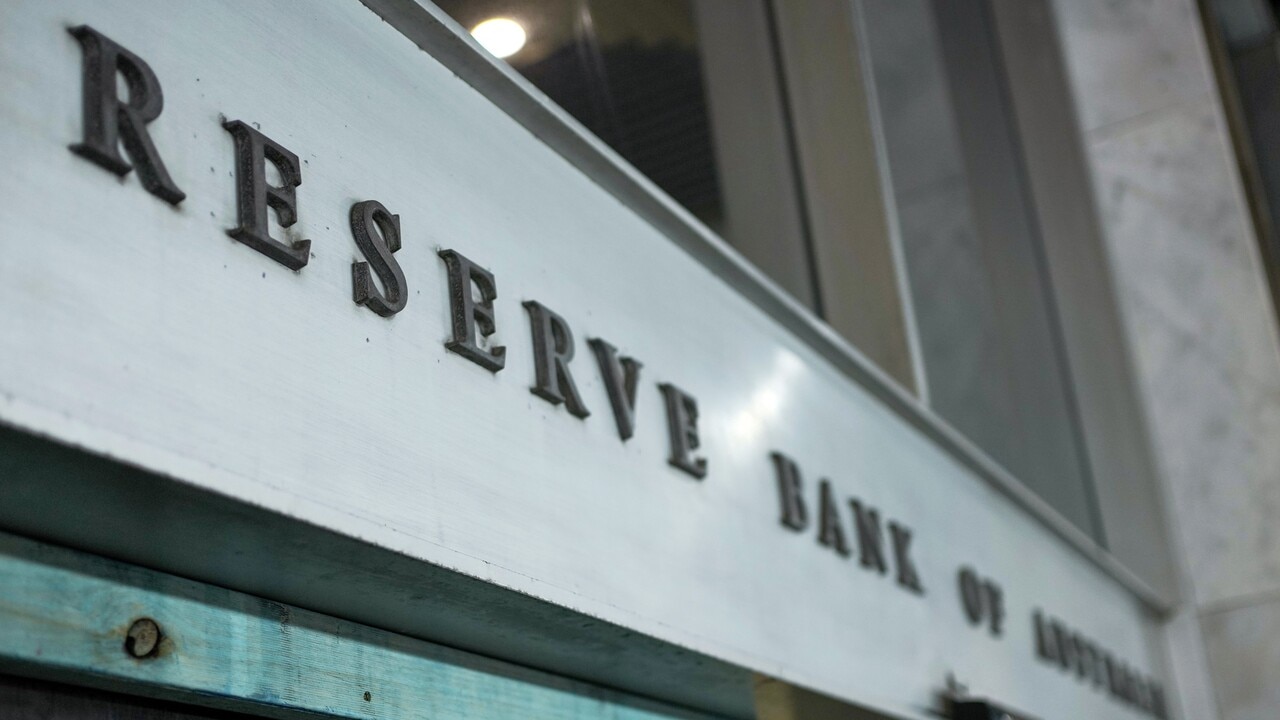Reserve Bank interest rates: no respite for battling borrowers
High interest rates have created winners and losers, but the losers are feeling much more pain as the RBA sits on its hands again.

Canada’s cut, New Zealand’s cut, Europe’s cut. The US and Britain have gone too, and will probably go again this week.
Interest rates are falling around the globe, but here in Australia interest rate cuts remain on a blurry horizon as the Reserve Bank again kept its official cash rate on hold on Tuesday, and said underlying inflation remained too high.
While it is “not ruling anything in or out” around future rate rises or cuts, financial markets are generally pricing in a cut in the first half of 2025.
Whether that comes at the RBA’s meeting in February or a few months later, it will be nearing one year after the first major Western central banks began cutting their official interest rates.

Remember that our RBA was slow off the mark to begin raising rates when it first moved in May 2022, months after some other countries, but when it comes to money most of us have short memories and want relief now.
And that lack of relief is hurting people, much more than the benefits many savers and retirees have enjoyed from higher savings account interest rates in the past couple of years.
The reason it hits so hard is because the dollar figures around mortgages are just so much bigger than with savings accounts.
The average mortgage size in Australia is around $600,000, and since May 2022 monthly loan repayments have jumped 62 per cent – from $2523 to $4085, according to Canstar.
In contrast, people generally have much less money sitting in bank deposits and earning interest.
Surveys have found that a typical household has around $21,000 in savings and investments, while ATO figures show median superannuation balances of Aussies aged 60-64 are $380,000 for men and $300,000 for women – and only a portion of that money sits in bank deposits,
So even if you’ve got a nice $100,000 sitting in savings, the extra interest you’re getting this year compared with 2022 is probably around $4000 annually, while a typical mortgage customer is paying an extra $18,700 a year in repayments.
Then there are millions of battling business owners facing hits on multiple fronts. Perhaps they took out a loan to grow their business after the pandemic and have since been smashed by soaring interest rates.

Investors, too, face higher repayments on multiple loans, including their own mortgages, so it’s no wonder that economic figures show weak retail sales and lending data, business collapses are rising, and Australia’s economy has been going backwards on a per-person basis for a while.
It’s why the one-third of households with mortgages are feeling the pain more than the savers, and why millions of people are eagerly awaiting RBA rate cuts.
More global moves are expected this week, with both the US Federal Reserve and Bank of England expected to lower their official interest rates by 0.25 of a percentage point on Thursday.
However, the RBA will continue to sit on its hands, even though today marks one year since its last rate move. Borrowers who have kept their heads above water though 13 rate rises since 2022 will have to keep paddling furiously for a while yet.






To join the conversation, please log in. Don't have an account? Register
Join the conversation, you are commenting as Logout